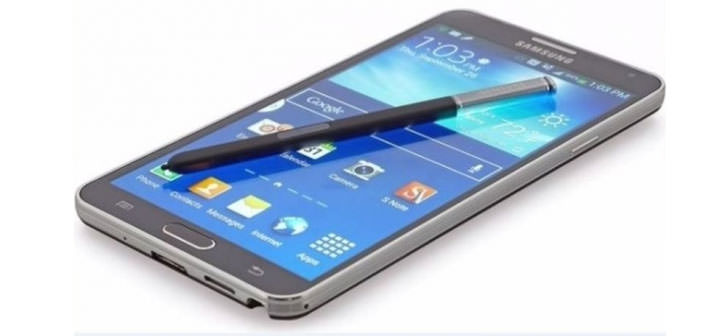They appeared on the web the first tests of operational autonomy Galaxy Note 5 that show superior results than their predecessors, despite the lower specification hardware integrated.
One of the biggest concerns born by the announcement of the new Samsung Galaxy Note 5 was the relative operational autonomy. The new phablet Korean integrates a battery slightly smaller than its predecessor: if Notes 4 adopted by 3,220 mAh unit, the new model is still ” only ” to 3,000 mAh. But fears about a substantial deterioration of the autonomy of Notes 5 are sedated by a further deepening of PhoneArena.

The source reports that in its tests of autonomy Galaxy Note 5 reports an even higher result than its predecessor, bringing the battery from 0 to 100% in 9 hours and 11 minutes. Notes 4 stopped, instead, to 8 hours and 43 minutes, despite integrate a battery by higher specifications. The test, writes the website, has been run using a web-custom script and setting the luminance of the display to the value of 200 nit.
A great result in terms of optimization, especially if we consider the technical specifications of the new model. The display keeps diagonal and resolution, amounting to 5.7 ” and 2,560 x 1,440 pixels, while the SoC integrated on the new model is much more powerful. It has certainly helped the adoption of the 14-nm manufacturing process, but it is likely that Samsung further optimized hardware and software for a range comparable to that of their predecessors.
PhoneArena has also measured the time of charging the battery, which is extremely fast. Samsung uses information technology to Quick Charge long ago, technologies that allow to bring the battery from 0 to 100% in just 81 minutes of Notes 5. Only ZenFone 2 does better in tests PhoneArena, and also integrates a battery by 3,000 mAh. In short, the battery in the new Note 5 does not represent a problem in terms of autonomy in daily, if not for the fact that it will not be replaced.
Galaxy Note 5 will be officially launched as of 21 August, but only for some markets. Its availability is still planned for the European countries, and is likely to officially will not come before 2016.


